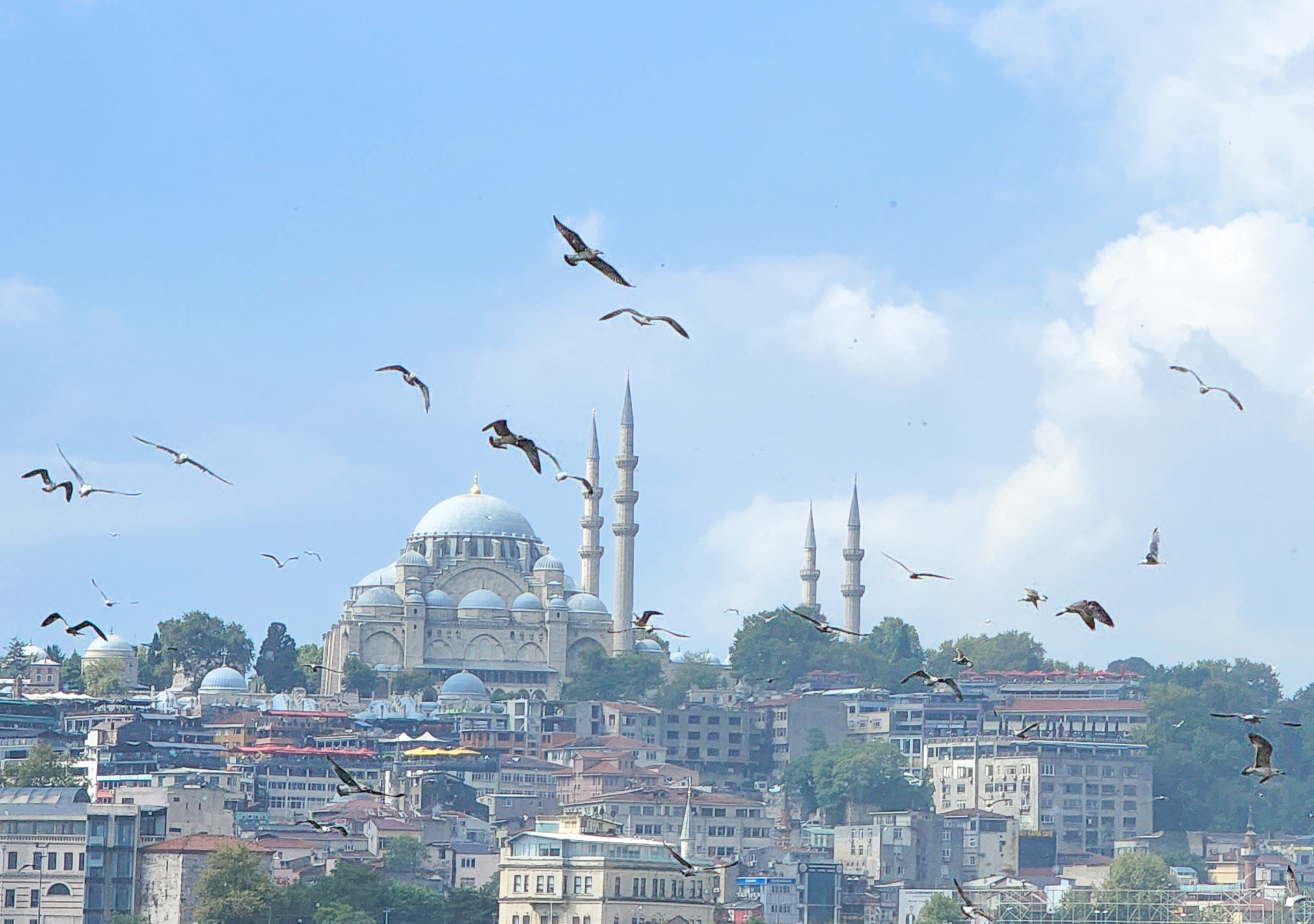For centuries, the question of where Europe ends and Asia begins has fascinated geographers, historians, and travellers alike. This question is particularly relevant when considering the cultural and historical influences that have shaped the borderlands between these two continents. Let’s explore this question and its complexities, particularly in the context of Turkey and the city of Istanbul.

To begin, it’s important to note that the border between Europe and Asia is not fixed. It is a fluid concept that has been subject to interpretation over time. However, one of the most commonly accepted geographical boundaries between these two continents is the Ural Mountains in Russia. To the west of the Ural Mountains lies Europe, while to the east lies Asia.
That said, the border between Europe and Asia is not just a geographical concept. It is also shaped by historical, cultural, and political factors. In the case of Turkey, the country sits at the crossroads of Europe and Asia and is often seen as a bridge between the two continents.
The city of Istanbul (Turkey), in particular, is a prime example of the cultural and historical complexities of the border between Europe and Asia. Istanbul is one of the few cities in the world that straddles two continents, with the Bosphorus Strait separating the European side from the Asian side. The city has a rich history that dates back to the Byzantine Empire, and it has been influenced by various civilizations over the centuries, including the Greeks, Romans, and Ottomans.

One of the most striking features of Istanbul is the stark contrast between its European and Asian sides. The European side of the city is characterized by its historic landmarks, including the Hagia Sophia and the Blue Mosque, as well as its vibrant street life and bustling markets. On the other hand, the Asian side is known for its more laid-back and residential neighbourhoods, where locals can escape the hustle and bustle of the city.
Despite these differences, Istanbul remains a cultural melting pot that blends influences from both Europe and Asia. The city’s unique location has made it a hub of trade, commerce, and cultural exchange for centuries, and its diverse population is a testament to the city’s role as a bridge between the two continents. See a guide to Istanbul here!
Outside of Turkey, there are many other countries that straddle the border between Europe and Asia. For example, Georgia, Azerbaijan, and Armenia are often considered to be part of the Caucasus region, which sits at the crossroads of these two continents. In Russia, the city of Yekaterinburg is often cited as the boundary between Europe and Asia, as it sits just east of the Ural Mountains.
Georgia offer a unique blend of these two worlds. Sitting at the crossroads of Europe and Asia, it has been influenced by various civilizations over the centuries. The country’s capital, Tbilisi, is a perfect example of this cultural blend, with its historic old town and modern architecture coexisting side by side.

Another country worth exploring is Azerbaijan, which is located on the Caspian Sea and shares a border with both Russia and Iran. The country’s capital, Baku, is a fascinating mix of historic and modern architecture, with its Old City and modern skyscrapers standing in stark contrast to each other.
Finally, Kazakhstan is another country that offers a unique blend of European and Asian influences. The country is the ninth-largest in the world and shares borders with Russia, China, and several other Central Asian countries. Its largest city, Almaty, is a hub of culture and commerce, with a vibrant mix of traditional and modern architecture.
In all of these countries, you’ll find a rich blend of cultures, languages, and traditions that reflect the complex history and geography of the region. So if you’re looking to explore the borderlands between Europe and Asia and experience the unique blend of influences that these countries have to offer, put these destinations on your list of places to visit.
In conclusion, the question of where Europe ends and Asia begins is a complex and multifaceted one that is influenced by geography, history, culture, and politics. Turkey and the city of Istanbul are prime examples of the ways in which these factors come together to shape the borderlands between these two continents. As we continue to explore the world and its many wonders, let us not forget the power and significance of these borderlands, and the rich cultural and historical legacies that they represent.

